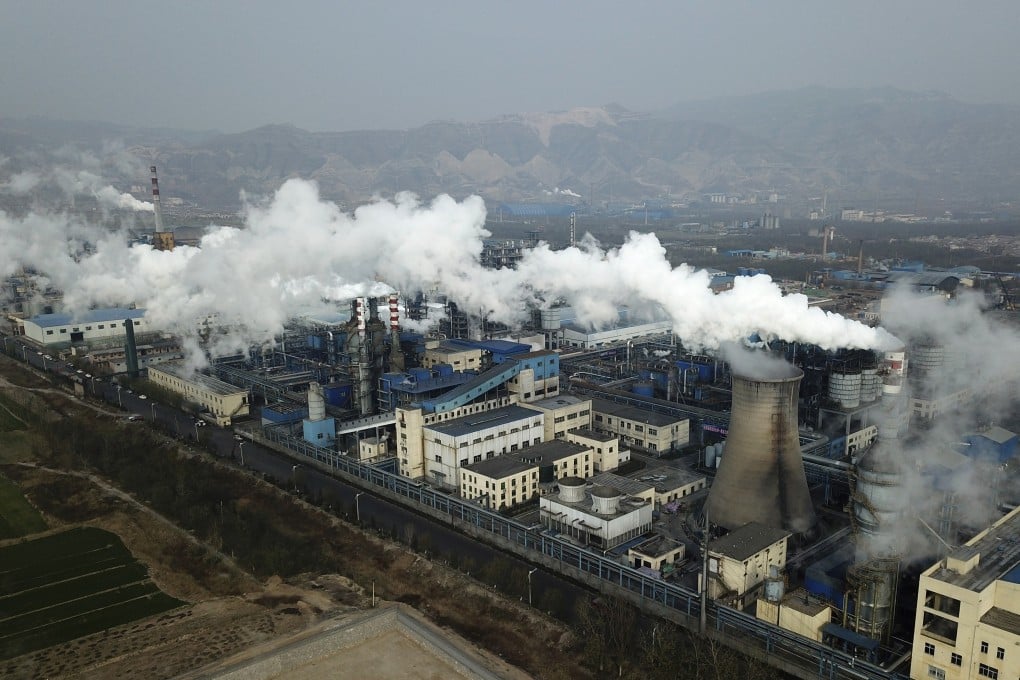Climate change: China’s plan to double carbon capture capacity by 2025 hinges on securing funding for projects
- China could add eight large-scale carbon capture, utilisation and storage projects by 2025, IHS Markit said
- Implementation of CCUS technology could pare China’s carbon emissions by 60 per cent by 2050 but would cost the nation US$450 billion, Goldman Sachs said

China, the world’s largest carbon dioxide emitter, could more than double its capacity to capture and store the gas contributing to global warming in the next four years, if all announced projects are funded, according to an industry research house.
In the longer term, revenues generated by the government’s emissions trading scheme will play a key role in supporting its development, said analysts at London-based IHS Markit.
“These projects are still in early stage of development and need to overcome one of the most critical steps in the process: securing funding,” Edurne Zoco, executive director for clean energy technology at IHS Markit, told the Post by email.

“Beyond [2025], projections are highly uncertain and it will depend on policy support, and evolution of the emissions [quota] trading system which could be a game changer.”